
The golden state of California - so named for its Golden Gate Bridge, fields of golden poppies and perhaps most significantly, the 1848 discovery of gold which led to the rapid population growth of the region - is also the golden child of the US wine family. Accounting for nearly 90% of the country’s production, the area delivers world renowned mono-varietals and blends from the principal grapes - Cabernet Sauvignon and Chardonnay.

Three quarters the size of [France](/country/france) and with an economy larger than all of the African nations combined, it seems odd to talk about the [US](/country/usa) state of California as just a region. But this vast, topographically diverse area, stretching for nearly one-thousand-four-hundred kilometres along the Pacific Ocean, is just that. Famed for the iconic coastal cities of Los Angeles and San Francisco, the legendary laid back surf style of its beach towns and the natural wonders of Lake Tahoe, the Mojave Desert and the Sierra Nevada mountains, California offers up every terroir imaginable to the winegrower; to put its sheer size into context - this single state produces around 30% more wine than the entire country of [Australia](/country/australia)! Undoubtedly the flagship region of the New World, the Californian wine area has risen to global prominence over the last half century - largely off the back of the Paris Judgement (a famous competition of May 1976, which saw some Californian wines rated ahead of their [Bordeaux](/region/bordeaux) / [Burgundy](/region/burgundy) counterparts in blind tasting) - and the state is now recognised for producing some of the world’s finest and most expensive wines. However, whilst recognition is a relatively recent reward, Californians have practiced viticulture for more than two-hundred years, with the first European settlers establishing vines as early as the eighteenth century. After the gold rush, the size of the area under vine in the state grew rapidly in correlation with the population, before the perils of Phylloxera and Prohibition brought progress to a halt. Post World War Two however, the west coast wine juggernaut has gone from strength to strength, with the golden state's output supported by the growing reputations of [Oregon](/region/oregon) and [Washington](/region/washington) wines. Winemaking grapes are grown in four fifths of California’s counties and there are more than one-hundred individual AVAs (appellations) across the state. Varieties are unsurprisingly numerous and broad in characteristics, reflecting the diverse terroir and microclimate of the growing area. Diversity is an understatement in describing the state of California. Spanning ten degrees of latitude and with significant variations in elevation, aspect and proximity to the Pacific, the microclimate of each AVA - and to a lesser degree, each individual vineyard - is distinct from the next. There are a number of different sub-zones into which the state’s winemaking area is divided:- the [Central Coast](/subzone/central-coast) from San Francisco to Santa Barbara; the [Central Valley](/subzone/central-valley) in the middle of the region which accounts for over half of all the state’s grapes; the [Sierra Foothills](/subzone/sierra-foothills), the South Coast and the [North Coast](/subzone/north-coast) which includes many of the most prestigious AVAs in [America](/country/usa), such as [Napa Valley](/ava/napa-valley-ava), [Sonoma Valley](/ava/sonoma-valley-ava) and [Russian River](/ava/russian-river-valley-ava). The key grapes in Californian vineyards are [Cabernet Sauvignon](/cabernet-sauvignon), [Chardonnay](/chardonnay), [Merlot](/merlot), [Pinot Noir](/pinot-noir) and [Sauvignon Blanc](/sauvignon-blanc), with [Syrah](/syrah) and [Zinfandel](/zinfandel) also prevalent. In total, the state has plantings of more than one-hundred-and-twenty different varieties ranging from noble European grapes to indigenous types and newly created hybrids. Red and white wines are produced in both a traditional Old World European style, and more frequently in a fruit-forward fashion as is typical of New World wines. Red Blends - usually based around the [Cabernet Sauvignon](/cabernet-sauvignon) grape, are renowned for their rich concentration of flavours, superb structure and potential to age well. It is also common for producers to vinify [Cabernet](/cabernet-sauvignon) as a mono-varietal wine (the very thing that propelled the state to viticultural stardom), with the same being true of [Pinot Noir](/pinot-noir), whose Californian expressions are generally more intensely fruity than their [Burgundy](/region/burgundy) counterparts. The region’s key white grape - [Chardonnay](/chardonnay) - delivers full-bodied varietals here which are quite different from the [French](/country/france) wines of the same grape. As well as the still staples of the region, sparkling wines from the [Champagne](/region/champagne) varieties are also favoured by Californian producers, with the area attracting attention - and investment - from some of the world’s biggest names on account of its potential to produce high quality wines of this type. Already considered an area of excellence in winemaking terms, California is a region on a perpetually upward curve. Its producers - ranging from huge companies to tiny artisan wineries operating from a single vineyard - rank amongst some of the world’s most acclaimed.
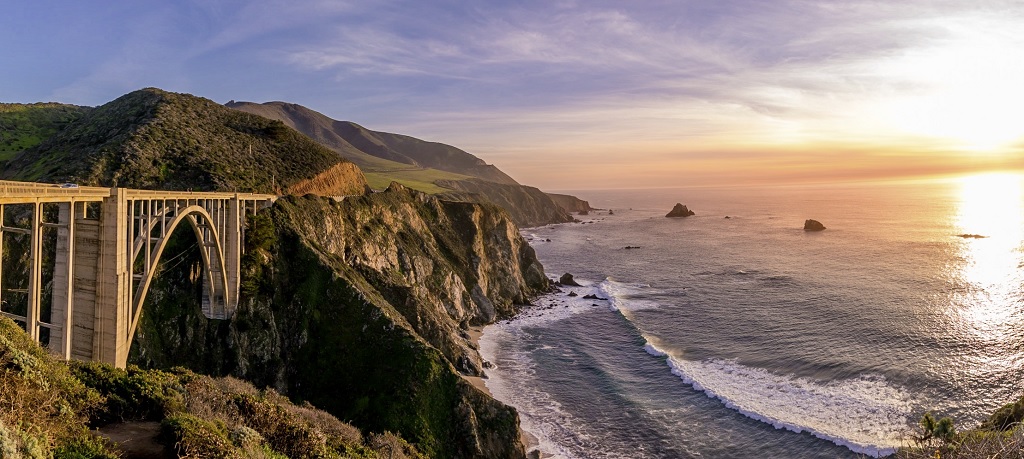
The Central Coast is a geographic area and wine region in the US state of California. Stretching south from San Francisco to Santa Barbara, this large sub-zone encompasses the six countie...
Read more ▸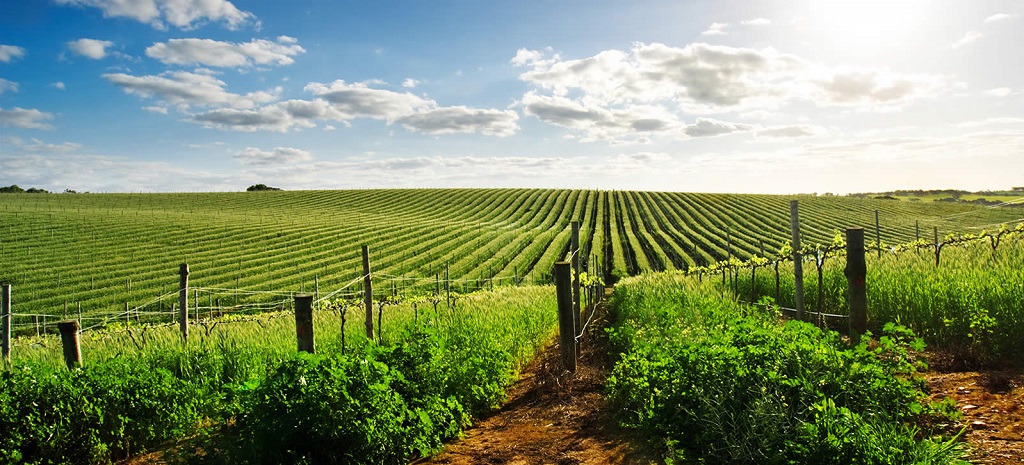
California’s Central Valley - an enormous, flat expanse more than seven hundred kilometres in length and almost one hundred kilometres across at its widest point - is amongst the world’s most productive agricul...
Read more ▸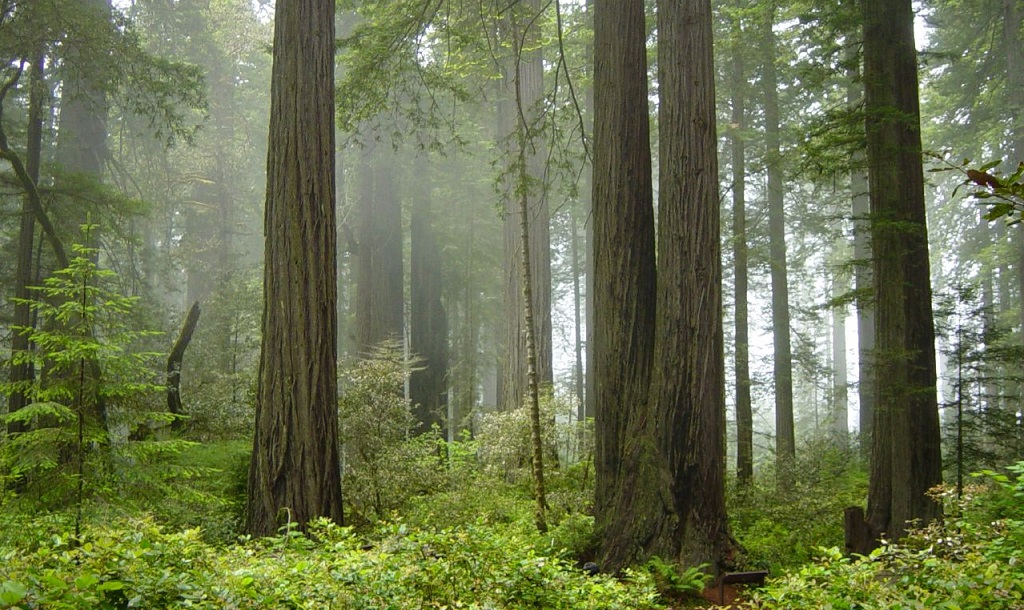
Stretching north from San Francisco and covering an area of more than a million hectares, the North Coast sub-zone of California is a vast treasure trove of viticultural excellence. Home to internationally acclaime...
Read more ▸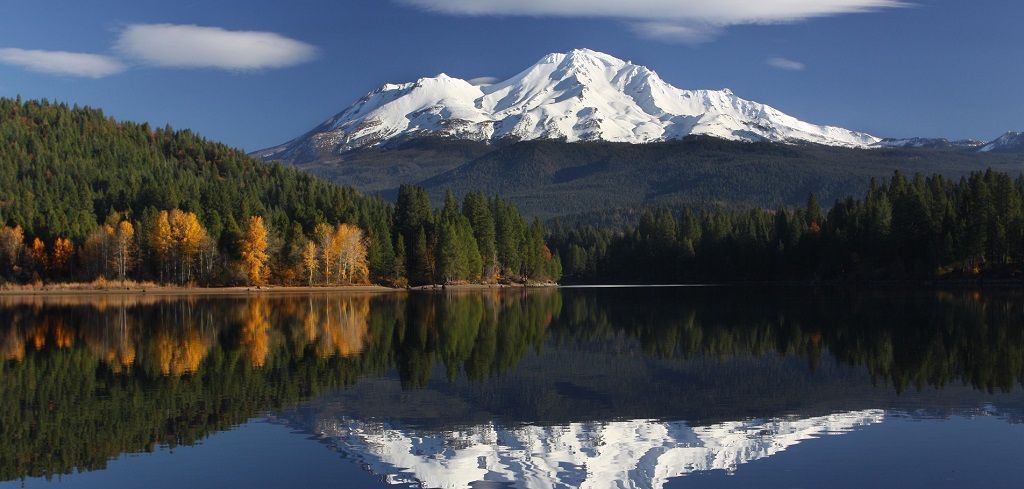
The viticultural sub-zone of Northern California covers the wines produced in the counties of Humboldt, Shasta, Siskiyou and
Read more ▸
Sierra Foothills is a sub-zone and American Viticultural Area (AVA) located in the northwestern foothills of the Sierra Nevada mountains. Smaller in size than the North Coast - but not by much - the area boasts a...
Read more ▸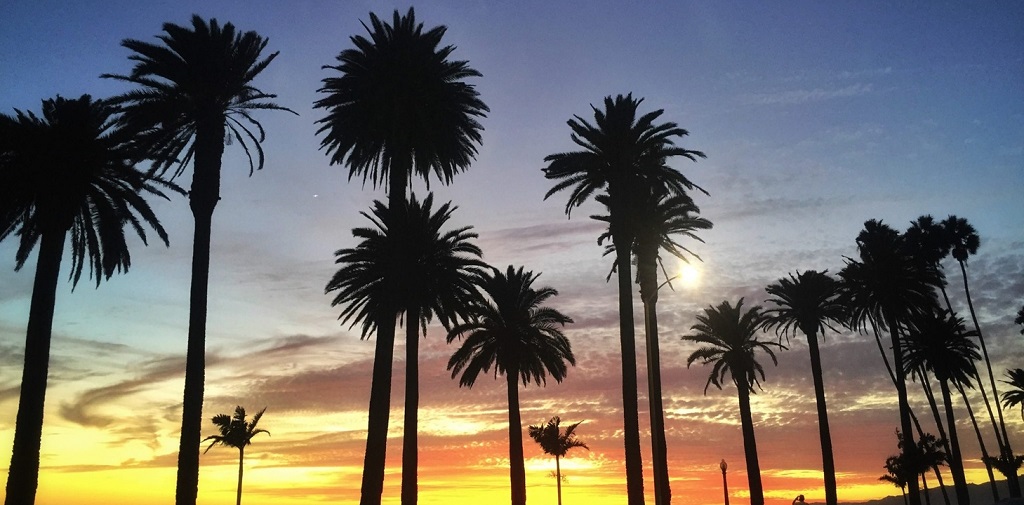
Whilst the international reputation of Southern California is built on the promise of beautiful white sandy beaches, unrivalled surf and abundant sunshine, its wine industry is also beginning to emerge as a serious challenger to the more establish...
Read more ▸